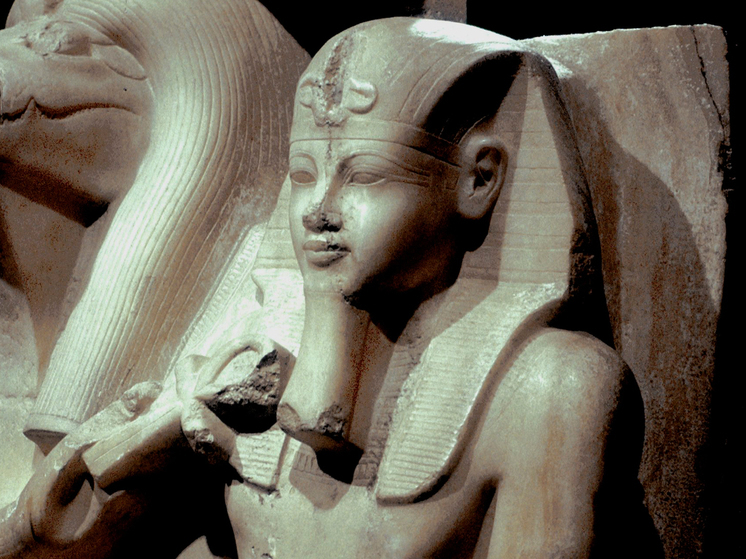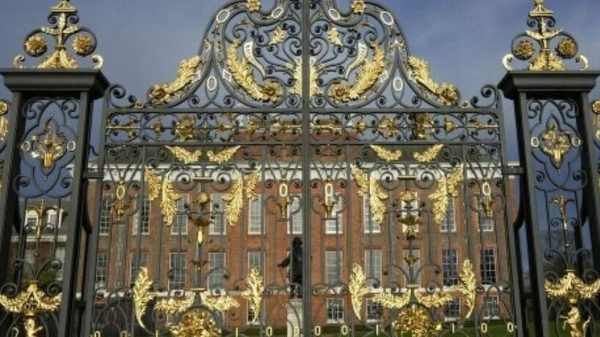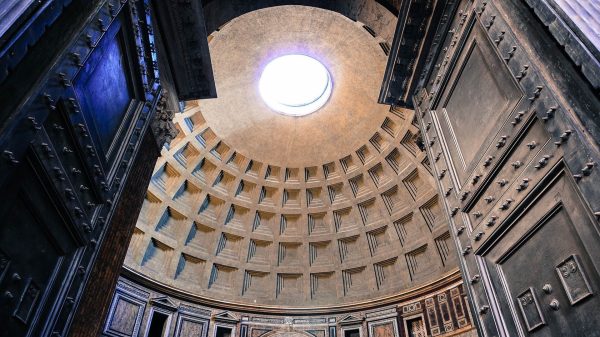Scientists have reconstructed the appearance of Amenhotep III from the mummy's skull
Scientists have reconstructed the face of Tutankhamun's grandfather, Amenhotep III. This pharaoh ruled Ancient Egypt at the height of its power, 3,400 years ago. For the first time, his true appearance was restored using a mummy's skull.

He ruled Ancient Egypt at the height of its power, was worshiped as a living god, and was the grandfather of Tutankhamun, writes the Daily Mail. And now the true face of Amenhotep III has been revealed.
The pharaoh, whom one archaeologist called «one of the richest men who ever lived,» led Egypt through a period of unprecedented prosperity and international power.
Amenhotep III is considered one of the greatest pharaohs and has more statues of him than any other, but a scientific reconstruction of his face has never been carried out. Now, using data from his mummy's skull, a multinational team of scientists has revealed his true likeness for the first time in nearly 3,400 years.
Michael Habicht, an archaeologist at Flinders University in Australia, said he looked very different from the pharaoh depicted in the statues: «It's a calm face for a man who promoted peace and lived during a time of great economic prosperity. He may well have been one of the the richest people who ever lived on earth, at least in his era.»
He continued: «It is difficult to determine the cause of death by analyzing the available remains. Research conducted in the 1970s described Amenhotep III as an obese, sick and inactive man who was almost bald and suffered from dental problems in the last years of his life. Despite Although he was one of the truly great kings of Egypt, his height is about 156 cm, making him one of the smallest kings we know from surviving mummies. This rather small height is not reflected in art — he is famous in works of art. with their giant statues.»
Brazilian graphic artist Cicero Moraes, who recreated the face of the ancient Egyptian ruler, said the reconstruction began with a digital recreation of the pharaoh's skull using images and data from his mummy. Additional data from living donors was then used to determine the likely size and position of the king's nose, ears, eyes and lips.
Moraes says: «Based on historical data, Amenhotep III had a robust appearance, so we used the data people with a high body mass index.»
He added: «If we're not mistaken, this is the first close-up of Amenhotep III's face. Compared to other pharaoh models I've been involved in, this was the most complete as we modeled clothing and accessories. We were amazed by the end result; see full a bust in these colors and with a serene expression is very nice. This is our gift to all those who appreciate history.”
During his lifetime, the pharaoh was worshiped as a deity, and he claimed that the god Amun was his real father. , and the name Amenhotep meant «Amon is pleased.»
He is believed to have died between the ages of 40 and 50, leaving his successor a kingdom at the peak of its power and wealth, writes the Daily Mail.
< p>Dr. Habicht says: «Diplomatic letters from foreign rulers begged him to send them a gift of some gold, 'for gold is as abundant as sand in Egypt.' This is the usual exaggeration for such a letter, but nevertheless hints at extreme wealth.»
He added: «There are suggestions that Amenhotep III's mummy may have been completely covered in gold leaf, so he must have looked like a statue of a god.»
The archaeologist said the pharaoh may also have been something of a womanizer. «He seemed to be very interested in women; he brought hundreds of foreign ladies from the harem and collected them as other people collect postage stamps,» he said.
After his death, Amenhotep III was succeeded by his son, Amenhotep IV. The new pharaoh rebelled against the powerful priesthood of Amun, proclaiming the sun god Aten as the main Egyptian deity. He changed his name to Akhenaten, which means «beneficial of Aten», and even moved his capital from Thebes — «the city of Amun» — to a new city dedicated to the sun god Akhetaten.
But his son, Tutankhaten, restored the cult of Amun, changing his name to Tutankhamun, which means «living image of Amun».
Tutankhamun became one of the most famous pharaohs in history thanks to the discovery of his tomb in 1922, which was largely intact and contained many original artifacts.
Dr Habicht, Mr Moraes and their colleagues Elena Varotto from Flinders University and Francesco Galassi from the University of Lodz in Poland plan to publish their results in a scientific journal.


























































Свежие комментарии